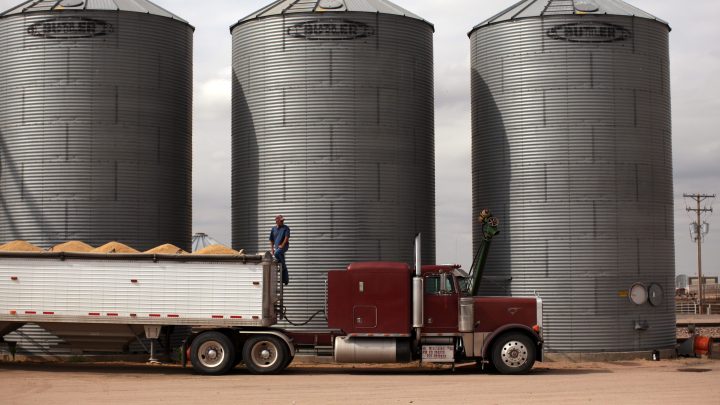
The rural-urban income divide persists, and it may be widening
The rural-urban income divide persists, and it may be widening

There has been a long-standing gap between the earnings of rural and urban workers. In fact, the divide may be widening. In cities, people earn about 23% more than people in rural areas, according to new data from the Federal Reserve Bank of New York. That difference was more like 20% before the pandemic.
To explain the disparity between rural and urban wages, Conor Walsh of Columbia Business School takes us back to the ’80s. The 1880s.
“For a very long time, at least a century post the Civil War, the rural-urban wage gap was closing,” he said.
Rural areas were catching up to city wages, mostly because of new technology coming to smaller communities. “Then, around 1980, this all changed,” Walsh said.
That’s when the lucrative business services sector took off in places like New York, Los Angeles and San Francisco.
“In particular, finance, tech and professional services,” Walsh said. “So you saw big income gains in cities.”
At the same time, manufacturing jobs started leaving rural America, which helped to widen that gap.
“Now, that started to flatten out after the financial crisis. So if anything, we saw relatively even growth in the 2010s between urban and rural areas,” Walsh added. “And now it looks like post-COVID, something like more divergence is starting to happen again.”
Part of the problem is persistent inflation, said economist Selcuk Eren with The Conference Board. And rural inflation is different from urban inflation.
“Inflation impacted people living in rural areas more because they spent considerably more money on goods with higher price increases,” he said. “Which goods am I talking about? I’m talking about the vehicle purchases, and I’m talking about gasoline.”
The arrival of higher-paid remote workers in rural areas during the pandemic didn’t help, Eren added. They’ve pushed up housing costs.
“They’re also driving up the cost of oftentimes taxes because they expect the higher level of amenities. You know, water, sewer, roads,” said Rebekka Dudensing with Texas A&M University. “They expect a greater variety of activities.”
People working in economic development like her are trying to balance out these trends with education to improve local residents’ job prospects, she said.
But it’s not easy. Stephan Weiler sees it from his post at Colorado State University, which serves a lot of first-time college students from rural parts of his state.
“The problem is that they once they get educated at a place like CSU, they don’t go back to Wray, in general, because they can’t use their degree as much as they could if they stayed in Fort Collins or in Denver or otherwise,” he said.
Because it’s not just that universities are in cities — so are the jobs.
“There aren’t many high-paying jobs that require high skills in rural areas,” Weiler said. “And they don’t have the productivity advantages in terms of clustering, the suppliers and this thick market for workers.”
Those conditions aren’t going to change much in the near future. So even with remote work and industrial policy bringing some better-paying manufacturing jobs to the countryside, the earnings gap between rural and urban workers is unlikely to shrink.
There’s a lot happening in the world. Through it all, Marketplace is here for you.
You rely on Marketplace to break down the world’s events and tell you how it affects you in a fact-based, approachable way. We rely on your financial support to keep making that possible.
Your donation today powers the independent journalism that you rely on. For just $5/month, you can help sustain Marketplace so we can keep reporting on the things that matter to you.











